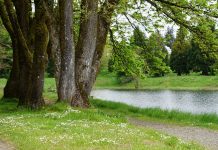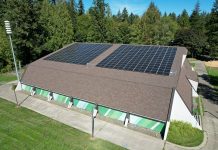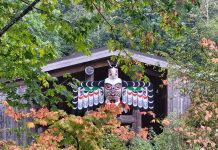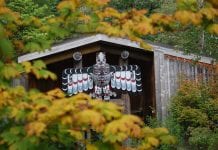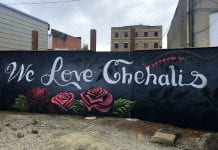During the Great Depression, millions were without work, shelter and the most basic needs. When Franklin D. Roosevelt took office in 1933, he knew something had to be done to help the estimated 25 percent of Americans in dire straits. He said, “I propose to create a civilian conservation corps to be used in simple work, not interfering with normal employment, and confining itself to forestry, the prevention of soil erosion, flood control and similar projects. I call your attention to the fact that this type of work is of definite, practical value, not only through the prevention of great present financial loss but also as a means of creating future national wealth.”
So on April 5, 1933, Roosevelt signed the executive order creating the Civilian Conservation Corps (CCC). Between 1933 and 1942, an estimated three million men were enrolled in the CCC over the lifetime of the program. They would receive lodging, clothing, food and a small monthly wage of $30, in return for building trails, structures and other conservation work.
Lewis County benefited greatly from the CCC. Most of the work in Lewis County was performed within the Columbia National Forest – now known as the Gifford Pinchot National Forest. Most of the structures that were built are still standing. All were added to the National Register of Historic Places in 1986, thanks to E. Gail Throop. Part of the criteria for the nomination to be placed included the unique and distinct architecture of the buildings. All were built to blend in with the Pacific Northwest landscape, with cedar siding, heavy timber and rock fireplaces.

In the application for inclusion in the register, Throop stated, “The values of solid and quality construction and pride of skiIl and craftsmanship in work well done are reflected in the Depression-era constructions of the Civilian Conservation Corps on the National Forests in the Pacific Northwest Region and, in a sense, symbolize a past way of life.”
Rainbow Falls
At Rainbow Falls State Park, the cabin that is now a ranger residence was built in 1935, along with the restroom and picnic shelter. Most of the current generation remembers the entrance directly off of Highway 6, so it seems strange to use the current entrance off of Leudinghaus Road. However, it is actually a return to the past – it was the original entrance to the park.
Cispus
At the Cispus Learning Center, the original structures are no longer there. All that is left now is the chimney in Sasquatch lounge and the site is now an educational center (see Cispus Learning Center Reconnects Kids to Nature.) Cispus was one of the main work camps for around 200 men who were housed year-round. During the summer they would go out to “side camps” where they could perform work in even more isolated areas.
Randle

In Randle, you’ll find the old ranger station and work center across the street from the current Cowlitz Valley Ranger District. It was also one of the main camps housing around 200 men. Built between 1935 and 1936, it included a residence, several outbuildings, a warehouse and a fire station.
La Wis Wis
The La Wis Wis Guard Station is a single building, one and a half stories tall, built in 1937. Since the summer of 2012, the Passport in Time program, an archaeological restoration project under the auspices of the United States Forest Service, has organized volunteers to restore the building. Kevin Flores, District Archaeologist with the Forest Service, explains, “The building was in bad shape after years of moisture damage. We do a little bit of repair every year as we get a little money. We hope to have it ready to go in a couple more seasons, and would like to see it be used as a recreational rental. It has that great Northwest rustic style and is really unique.”
North Fork

The North Fork Guard Station is very similar to the La Wis Wis Guard Station. Located outside of Randle at the North Fork Campground, it is now sitting unused. “It was located on a primitive road. It was a stopping off point for visitors, sheepherders and base patrols,” explains Flores.
“The CCC men did a ton of work. There is a lot of infrastructure that was the direct result of the work they did during the depression,” says Flores. “They built trails, roads, drainage, did fire work. They were pretty much involved in everything.”
While the CCC had a life-long impact on the young men that worked in the program by providing them skills for future work, the longer-lasting impact was on Lewis County forests. When you go out today and enjoy a pleasant trail hike or camp in one of the campgrounds, remember that the foundation of your outdoor recreation was built 80 years ago by hard-working young men looking to find their way out of dire poverty.







